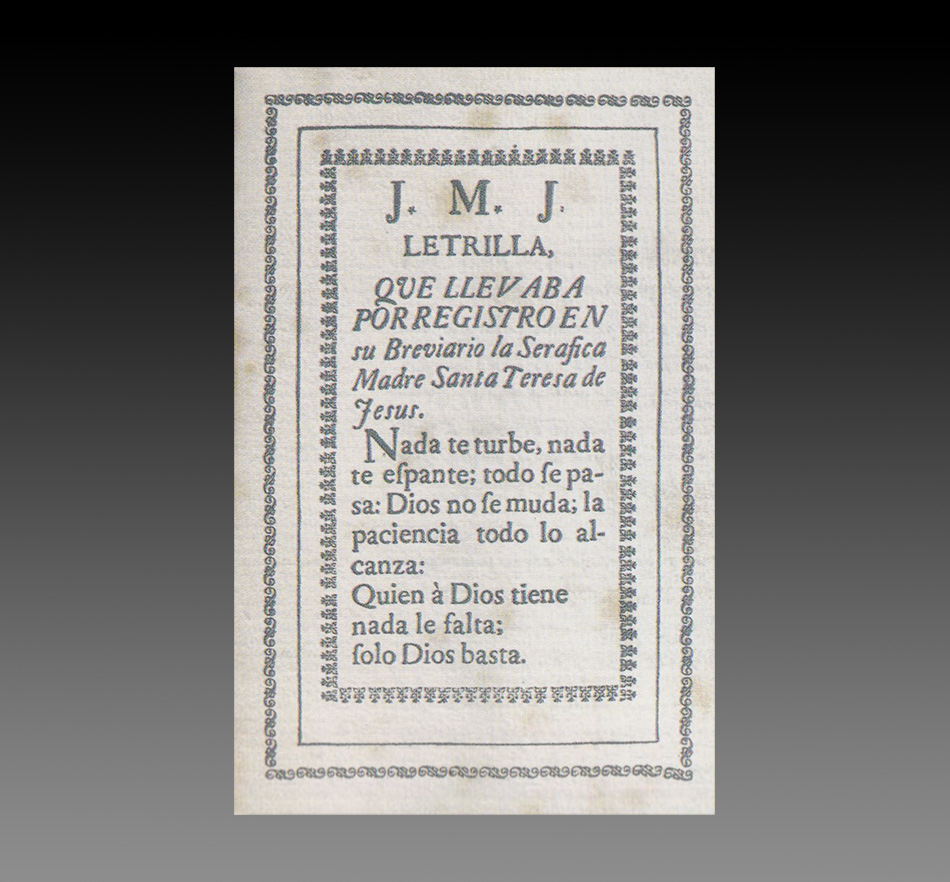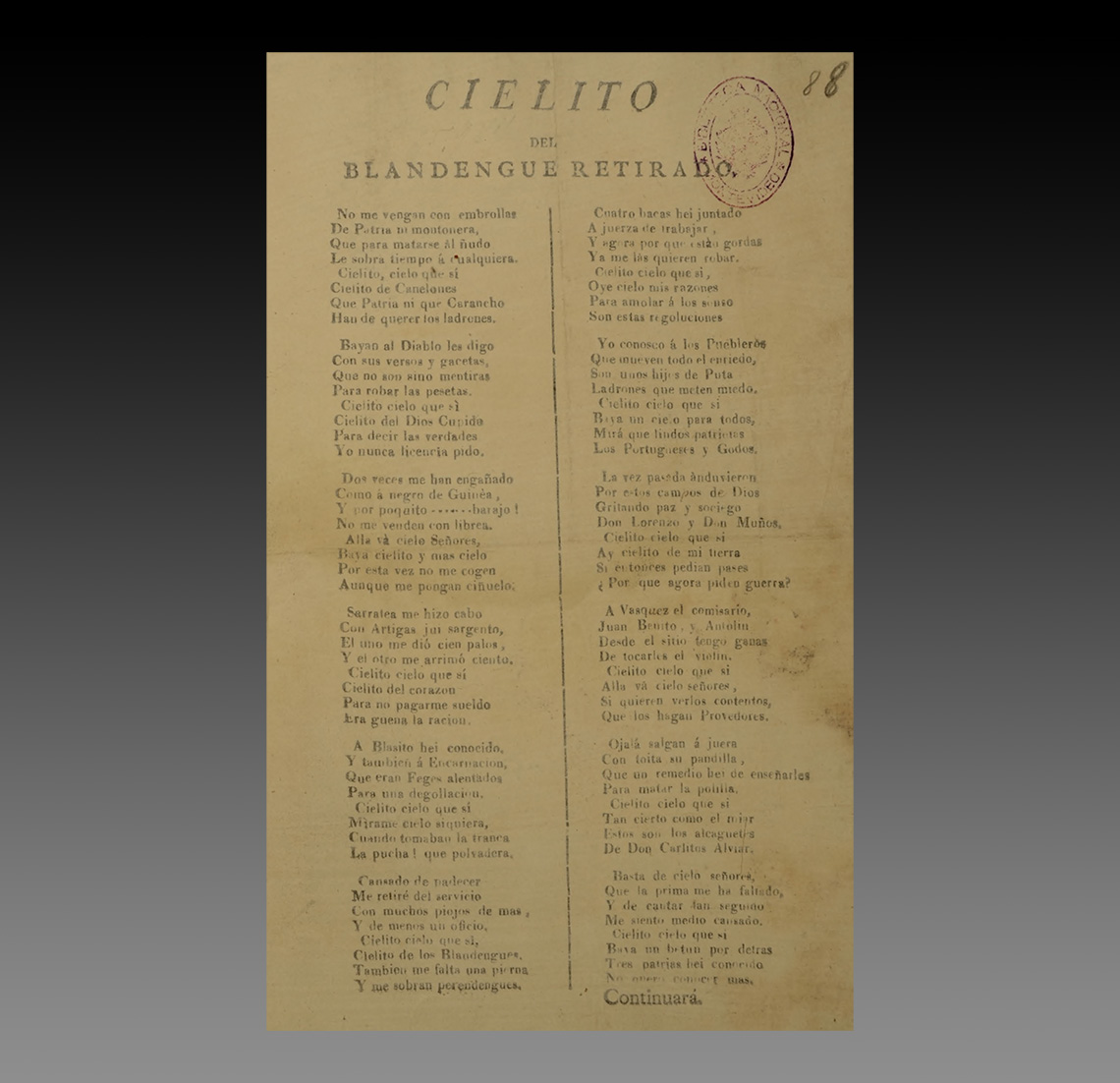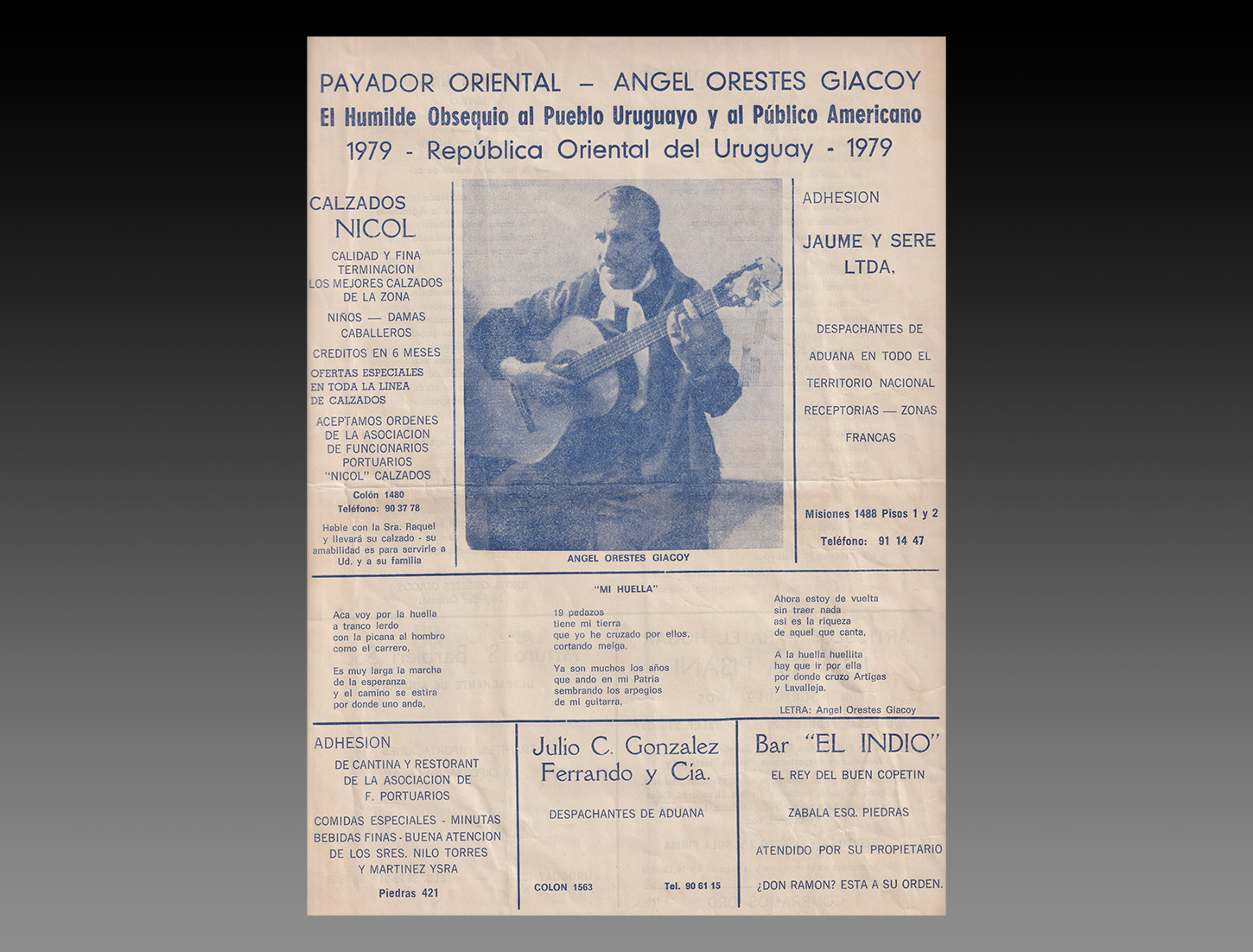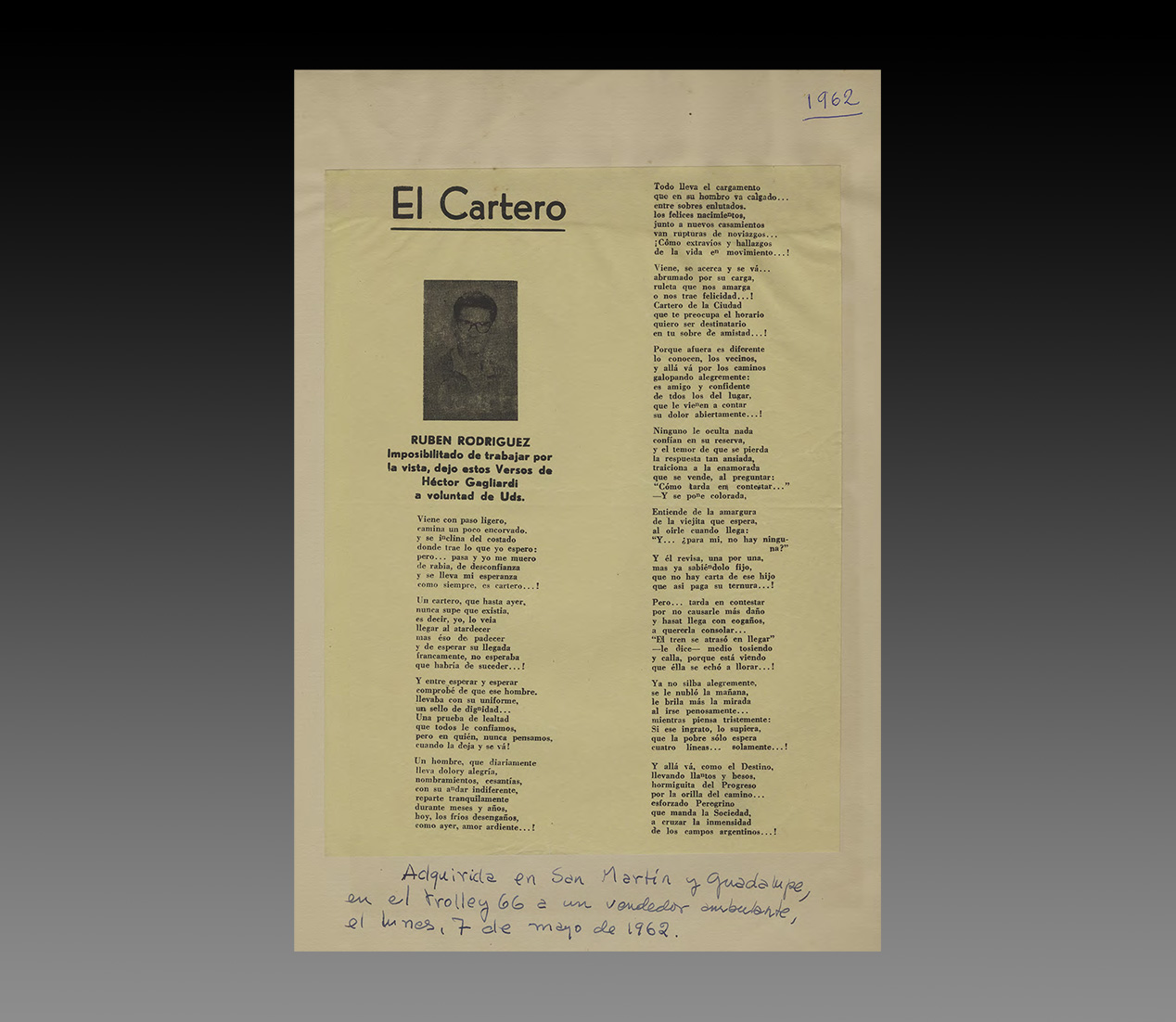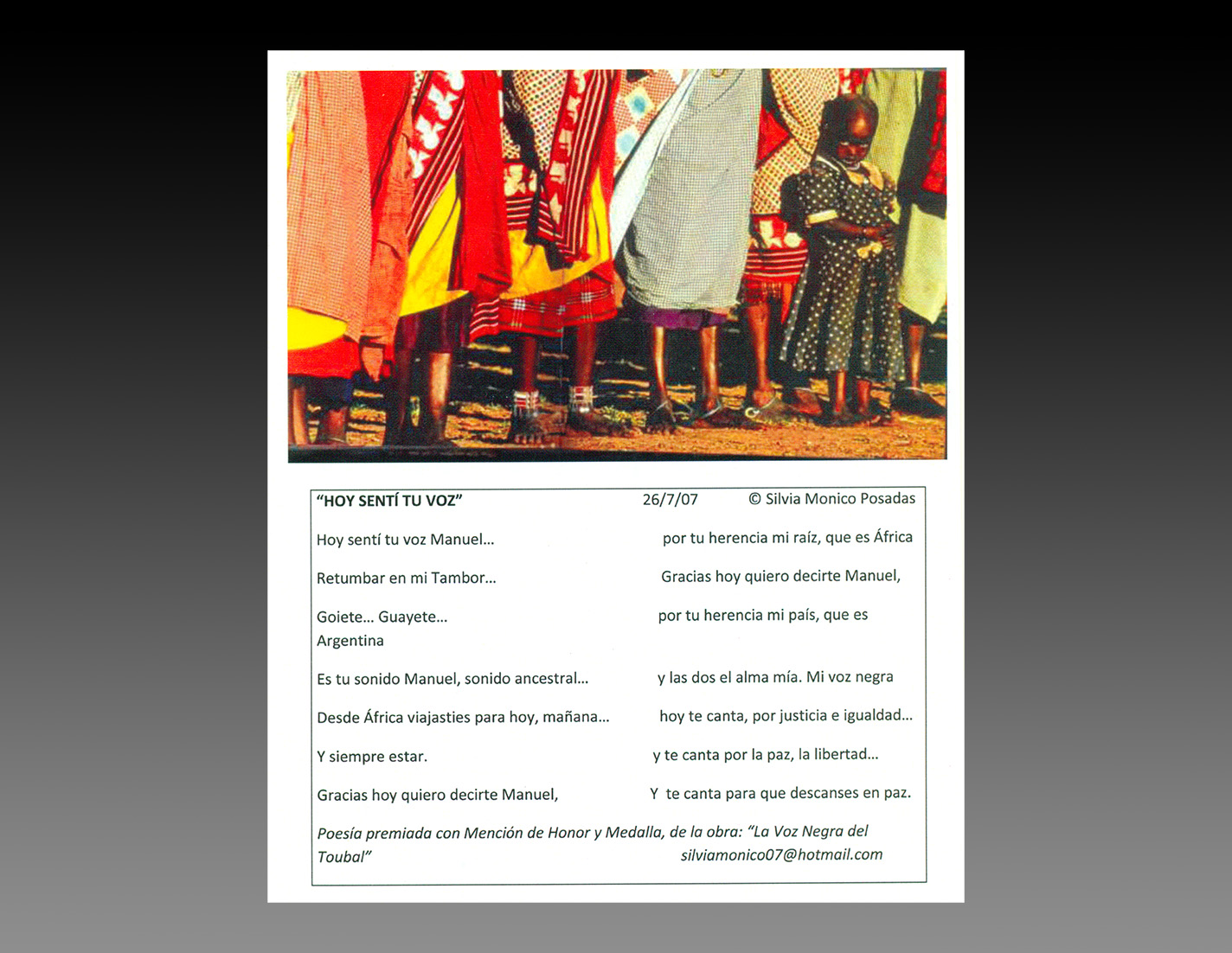The academy understands by cordel or blind literature -among other equivalent terms- texts printed in loose sheets, pamphlets and small books that blind people, vendors, traveling musicians or mendicants in Spain and, due to its colonization, in Latin America, sold in the public space as a way of life, if not subsistence, until well into the 20th century. Its thematic range is wide: from Catholic prayers and incantations to traditional and fashionable songs of an amatory, news, macabre and scatological nature, including satire, politics and humor. They were usually made on rough white paper, with black ink and, despite their elementary workmanship, they were usually illustrated to be more seductive. The use of the past tense is because, despite being a consolidated tradition in the peninsula, in Argentina and Uruguay its production declined towards the eighties of the 20th century, with few being produced today and no longer by printing, but by home computer printing.
Judging by their shape, perhaps some of the payadores' works were not created to be sung, such as these two sonnets by Juan P. Carrizo, which he perhaps published in Buenos Aires, s/a, although due to his dedication to the payador Víctor Di Santo, he can be placed in c. 1962. Note the author's handwritten correction of a word in the first sonnet. Pablo Cirio Collection.
The objective of this research, developed since 2020, is to analyze, from performance theory, the circulation of this literature in Argentina and Uruguay, given that much of it was sung, for example by payadores and, thus, restore the immaterial dimension of this practice, reconstructing its sound face, since the melodies with which they are released are never published. For this, a triple documentary approach is necessary, of a complementary nature:
1. The review of repositories (public and private) to generate a documentary corpus of these forms.
2. The investigation in those repositories of recordings and/or filming in which these songs are performed.
3. Ethnography in its creators and diffusers to build a consensual knowledge about aspects of concomitant speech and oral history.
State of the art
The study of it is relatively recent and began in Spain. While it was understood as a modern continuation of the ballads, it was initially rejected by some researchers, judging it irrelevant due to its prejudices about the morality and literary expression of the people. Thus, an elitist vision that restricted his literature insofar as he imagined that it embodied certain values, such as political submission and modesty, was contrasted against an open vision that understood them in their own terms since, due to the massive dissemination of these sheets, they became It was based on a sui generis aesthetic and demand from each era and region, and it was inappropriate to evaluate it due to the lack of what it was supposed to have. Half a century after the start of his study, he is undergoing a growing consolidation in Spain and Latin America, with Mexico and Brazil standing out. [1]
Although Argentina generated a good deal of this literature, its research lags behind, with the pioneering study of Olga Fernández Latour de Botas, Clara Rey de Guido, and Walter Guido. His research focused on the largest known corpus, the Biblioteca Criolla, created by Robert Lehmann-Nitsche while working here. However, he did not get to write about it and because of this and other issues dismissed by the academy and the Church he was, in life and until long after his death, branded as eccentric, for which part of his work and that corpus were forgotten. . However, her publications, undoubtedly valuable, are the result of a time in which performance theory was not entrenched in the country. Therefore, broadening the horizon of his results by analyzing this literature from an approach that is now central to the musicological agenda, will allow us to understand it by decentering its cosalism face towards the immaterial dimension.
General objective
The objective is to problematize the production, circulation and consumption of this literature through performance theory. Mostly it is about lyrics with musical compositions and, due to the limitations of the printers and the general ignorance of the reading of scores by the public, it does not include its music, which limits its holistic understanding.
Specific objectives
1. Generate a corpus of loose sheets consulting private and public archives, from the country and abroad.
2. Inquire about their authors, generally unknown to the academic bibliography.
3. Study the stylistic changes of its production, circulation and consumption from the theory of performance approached by researchers from the ethnography of speech, the anthropology of music and behavior restoration.
4. Based on point 3, resize these sound practices as artistic communicative events.
5. Contrast the dynamics of this literature in Buenos Aires and Montevideo with respect to the usual in Spain, where it comes from.
6. Establish if there were intercontinental change processes and within the countries studied and, if so, establish their triggers and characteristics.
Methodology
In the project I approach one of the supports of this literature, the loose sheet, in Argentina and Uruguay in the gaucho and Afro-descendant spheres from the oldest documented in Buenos Aires (from 1780, which, in fact, is considered the first Buenos Aires printed See image) to the present. The interest in these countries lies in the fact that such literature was produced with similar characteristics, encouraged by the schooling processes and the centralism that the hegemonic groups in power assigned to criollismo in the creation of their respective national being. In the case of cultivators of the country (who can register in their traditionalist, gauchesca, nativist and Creole currents) they traveled between both countries to perform, publishing them as promotion and increasing their income. In the case of Afro-descendants, despite the greater population in Uruguay and study, I only know of one loose sheet, while in Argentina I documented fifty. With its contextualization and the detection of, for example, commercial recordings and by researchers, bibliography and oral memory, it is possible to restore its sense of performative unity.
I expose the methodologies to be applied to the specific objectives following that order for greater expository clarity.
1. When consulting repositories, the inquiry will be personal or online, since many entities have documents of interest on their portals. In the case of private archives (collectors, performers of this literature, etc.), ethnography will make it possible to resize immaterial aspects of it.
2. Application of performance theories to analyze the dynamics of social circulation of this literature in order to understand it as an organic whole and not as a mere object. From this point of view, cord literature is the trigger for artistically conceived social relations where the values of its performers come into play expressed in musical genres, poetry, narrative, plastic arts, dance and theatricalization.
3. The diachronic perspective applied by dividing the corpus into stylistic and production criteria that changed over time (for whatever reasons) is ideal for understanding this literature as a living phenomenon, whose plasticity is inherent in the context of its producers and consumers.
4. Comparative approach with the Spanish bibliography, consulting its repositories and dialoguing with active researchers.
Balance as of March 2023
Documentation: Creation of a database for Argentina and Uruguay. The first has 351 sheets (with 529 works, as some have from one to eleven), 256 of which are their own, and the second 141 sheets (with 208 works), 16 of which are their own.
Diffusion: Participation in the exhibitions Gaucho songs on paper: Exhibition of loose sheets of the 20th century: Pablo Cirio Collection. Museum of Popular Art José Hernández. Buenos Aires (November 2 to 30, 2019) and From oral to printed: Intangible heritage and popular literature between Europe and America. University of Valladolid. Valladolid (September 2020).
Donation. Given that these types of documents are scarce in public repositories, and since some of them are repeated, in October 2020 I donated 40 to the Ibero-Amerikanisches Institut Preußischer Kulturbesitz (Berlin) and in March 2023, 32 to the Mariano Moreno National Library ( Buenos Aires).
Popular articles: As a substitute for the second exhibition, I published the article Letras viejas en pliegos nuevos. Literature in loose sheets (afro) argentinos in the 21st century. In Luis Díaz González de Viana and Carmen Morán Rodríguez (Coords.), From oral to printed: Intangible heritage and popular literature between Europe and America. Valladolid: University of Valladolid and National University of Mexico, p. 41-48, 2020.
Academic articles:
- The low stew among the low stew: Afro-Argentine string literature through a case study: the Chilean Verbena (1895) by the payador Gabino Ezeiza. In Dámaso Javier Vicente Blasco, Pedro Tomé Martín, Ignacio Fernández de Mata and Susana Asensio Llamas (Coords.), "Savages" from here and there: Memory and story of us: Liber amicorum Luis Díaz Viana. Valladolid: University of Valladolid, p. 197-208, 2022.
- Panning over the literature in loose sheets in Uruguay. Music and Research 30. Buenos Aires: National Institute of Musicology “Carlos Vega”.
* Exclusive for Hilario. National Institute of Musicology "Carlos Vega".
Editor's note:
1. We know of a large collection of Brazilian string literature, assembled in Argentina by private hands.
